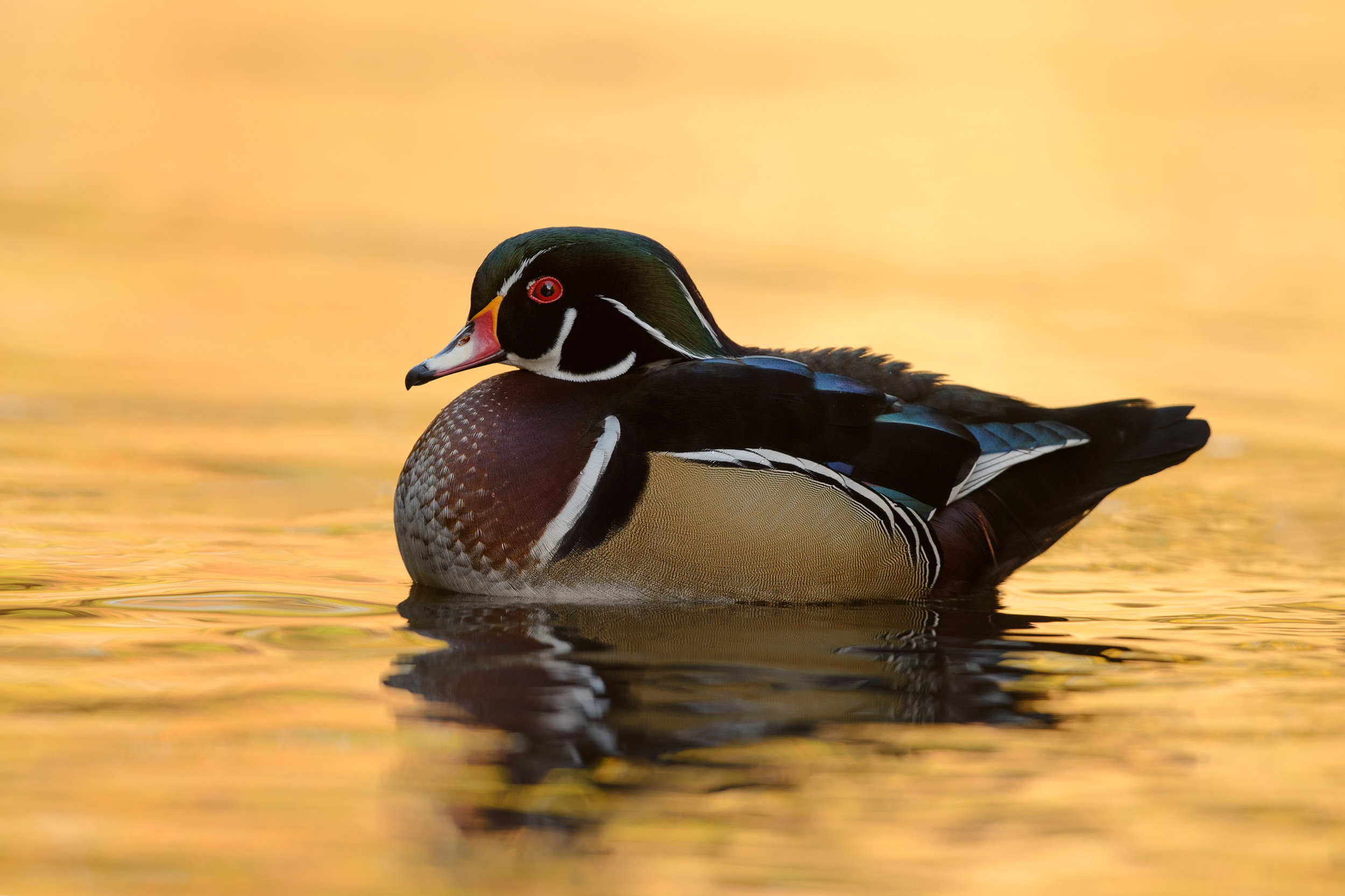Be One With The World…
You will often hear Wildlife Photographers speak about the importance of knowing your subject. I agree, this is one of the key elements in being successful at capturing wildlife images but there is another topic I want to speak about; which is getting to know your locations.
When I began Wildlife Photography a number of years ago I was excited to see all the creatures that inhabited the island of Newfoundland. I was not overly concerned about lighting, backgrounds, or creating dramatic images. I was just excited to find some critters and hopefully capture an image of them.
As my experience in the field has grown and the “newness” of seeing certain species has passed I have shifted my focus to wanting to capture breathtaking images of wildlife in beautiful light; displaying them in a natural and “artistic” way which hopefully creates emotion and a connection for the audience.
In order to do this I feel you need to be one with the world around you. You need to spend the time to know how light interacts with the location you plan to photograph your subject in. It’s one thing to know where your subject might possibly be but it’s another to position yourself in the right place with the right light to capture a magical moment. This means visiting a location multiple times during different lighting conditions and different times of year.
Take for example the American Wigeon which I have been photographing since 2010 at a local pond in Paradise, NL.
At first I was just excited to see them return each fall and though my images of them were nice I felt they were missing that magical touch.
I began to spend time observing the light and the way the fall colors reflected in the pond at different times of the day during different lighting situations. Until I finally found my magic spot and was able to create images like these
Taking note of where the sunrises is key; of course we know it rises in the East but during different times of the year the sun will rise further to the right or left in a location. This can be critical to know for capturing subjects during the first rays of light or last hints of golden glow.
Take for example a location in St. John’s called Virginia Lake. This location during spring and summer months is ideal for capturing the first rays of morning sun.
As you start to get further into fall and winter the sun rises further southeast and the first rays of light are blocked by the surrounding trees making it impossible to take advantage of the golden glow.
Quidi Vidi Lake is also another great example of this. With a ridge behind you most of the morning light is blocked but during a short period of the year the sun rises far enough to one side that you are able to enjoy a few short moments of golden light.
To determine the best sun angles at various times of year I often use an app called The Photographer’s Ephemeris. This tool is fantastic and I highly recommend it for any photographer.
Knowing which locations allow the use of this magical light is important. Some locations maybe surrounded by tall trees or ridges that block those first or last rays of light. While others are flat and opened providing a great opportunity to take full advantage.
For example my Red Fox encounter at Cape St. Marys Ecological Reserve
Here I positioned myself to capture this female fox just as the sun peaked over the horizon. Photographing in sub-arctic tundra with nothing blocking the light I was able to take full advantage of the warm tones of the first rays.
The Barrens of Terrenceville, NL is also another location that is open and allows for photographing your subjects(like this Woodland Caribou) during those first rays of light
Now, not every magical situation is created right at first or last light. Some situations can make use of harsh light in shaded areas like this Wood Duck at Bowring Park.
In this situation there was a high ridge behind me that blocked the first rays of morning light but as the light inched its way up the ridge it lit up the fall colors behind my subject (which was still in shade) and reflected an intense golden hue in the surrounding water. This moment only lasted for about 10 mins before the sun peaked over the ridge filling the shadowed areas with harsh light. Without the fall foliage this image would not be possible.
Photographers often want to fly to exotic locations and see wildlife they don’t have near them but for me I like to spend time where I live. Get to know the area on an intimate level and the magic it has hidden within it, in hopes of displaying its wildlife in stunning and beautiful ways.
I encourage you to embrace your surrounds and spend time observing light and how it plays with each location. It takes time and patience to find those magical spots but the reward is worth it.
Happy clicking and good luck finding your magical spot. Oh and please leave a comment below if you have found these recent posts helpful.
In my next post I hope to cover the topic of low POV (Point of View) style shooting and why I spend so much time laying around on the ground ;)










